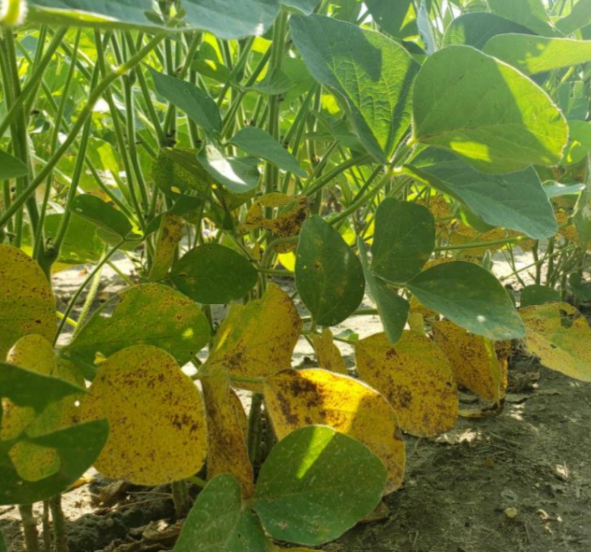
Fact Sheets And Publications
- Ask Extension
- Health & Well-being
-
Agricultural Programs
- Agribusiness
- Animal Science
- Beginning Farmer Program
- Commercial Crops
- Commericial Horticulture
- Delaware Soil Testing Program
- Disease Management
- Farm Vitality and Health Project
- Irrigation
- Nutrient Management
-
Insect Pest Management
- Insect Trapping Program
- IPM Hot Topics
- Commercial Field Crop Insect Management
- Commercial Field Crop Disease Management
- Commercial Fruit & Vegetable Crop Pest Management
- EIPM Implementation Projects
- Pollinators
- Research and Extension Demonstration Results
- Brown Marmorated Stink Bug (BMSB) Management, Research, and Resources
- Publications
- Pesticide Safety Education Program
- UD Plant Diagnostic Clinic
- Variety Trials
- Weed Science
- Certified Crop Advisor Program
- Poultry Biosecurity
- 4-H
-
Horticulture
- Climate Variability and Change
- Delaware Soil Testing Program
- Forestry
- Lawn and Garden
- Master Gardeners
- Master Naturalist Program
-
Nutrient Management
- Nutrient Management Certification
- Continuing Education for Nutrient Management
- Nutrient Management Planning Resources
- Commercial Nutrient Handler Resources
- Poultry Litter and Manure Management
- Turf Management
- Agriculture Notebook
- Horticulture Handbook
- Agriculture & Horticulture Handbooks
- Crop Production
- Soil Fertility
- Delaware Climate Change Coordination Initiative (DECCCI)
- Salt Impacted Agricultural Lands

Septoria Brown Spot in Soybean
October 2025 | Written by: Madeline Henrickson and Dr. Alyssa K. Betts
Pest Background
- One of the most common foliar diseases of soybeans.
- Caused by the fungus Septoria glycines.
- Present in most fields at some level every year.
- Disease is favored by high rainfall and canopy moisture.
- Hot, dry conditions will keep symptoms in the lower canopy.
Identification
- Symptoms begin as small brown spots that can have a yellow halo around them, as spots coalesce the leaf may turn yellow (Figs 1 and 3).
- Infected leaves may drop prematurely (Fig 2).
- If symptoms remain in the lower canopy, yield is not usually impacted.



Management
- The pathogen overwinters on infected leaf and stem debris.
- Rotation to non-host crops like corn and small grains can reduce pathogen survival.
- Susceptibility varies across soybean varieties, but since there are no known sources of resistance, ratings for this disease are not often provided.
- If disease is rapidly moving up the canopy, fungicides can be applied according to the label at the R3 to R5 growth stages to slow disease spread into the middle
References
Crop Protection Network (2022, Jan 25).
Septoria Brown Spot of Soybean. Retrieved from: https://cropprotectionnetwork.org/encycl opedia/septoria-brown-spot-of-soybean
Authors: Madeline Henrickson and Dr. Alyssa Betts
UD Cooperative Extension
This institution is an equal opportunity provider.
In accordance with Federal law and U.S. Department of Agriculture policy, Cooperative Extension is prohibited from discriminating on the basis of race, color, national origin, sex, age, or disability.
The University of Delaware is an Equal Opportunity Institution and Provider. Visit UD’s Office of Equity & Inclusion to learn more.
Additional Links
531 South College Avenue Newark, DE 19716 (302) 831-2501
